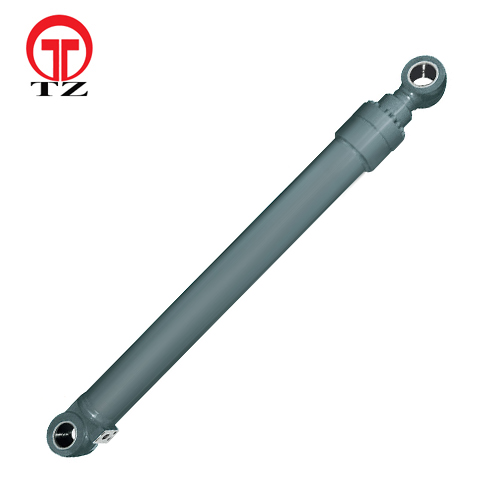The hydraulic bucket cylinder is an essential component of hydraulic excavators that provides the lifting force to raise and lower the bucket. Proper bucket cylinder assembly and maintenance is important for optimum performance, productivity and component life.
Following the assembly and maintenance recommendations from a reputable hydraulic cylinder manufacturer will help hydraulic excavator owners maximize the life of their bucket cylinders.
Components Of Hydraulic Bucket Cylinder Assembly
The main parts of a BUCKET cylinder from hydraulic BUCKET cylinder assembly manufacturer include:
•Cylinder body – The outer casing that houses the internal components. Typically made of hardened steel for durability.
•Piston and rod – The piston is attached to the cylinder body and moves when pressurized fluid is supplied. The rod extends out of the cylinder body and connects to the bucket linkages.
•Seals and o-rings – Maintain a seal between hydraulic fluid and the external environment to prevent leaks. Located between the piston and cylinder wall and around the rod.
•Cylinder ports – Where hydraulic lines attach to the cylinder to supply pressurized fluid for extension and retraction.
•Fittings – Components like elbows and tees that connect hydraulic lines to the cylinder ports.
•Rod ends- Attachments at the ends of the rod that pivotally connect to the excavator arm and bucket.
•Pins and bushings – Bushings provide a smooth bearing surface for the rod ends to pivot. Pins securely fasten rod end connections.
Proper Assembly By BUCKET Cylinder Assembly Manufacturer
A reputable BUCKET cylinder assembly manufacturer recommends the following for optimum assembly:
•Precisely align rod ends and pins to minimize bushing and seal wear. Misalignment can cause damage.
•Securely tighten all fasteners like cylinder mounting bolts to specified torque values. Under or overtightening affects performance.
•Lubricate o-rings with hydraulic oil before installing to help prevent damage or twisting during assembly.
•Avoid scoring or scratching internal cylinder surfaces that the piston and rod move against.
•Properly tighten all hydraulic line fittings. Leaks can decrease system pressure and efficiency.
•Perform a leak test after assembly by pressurizing lines to check for internal or external fluid leaks.
Regular Inspection And Maintenance
En outre, the manufacturer recommends:
- Inspect hydraulic lines and fittings regularly for leaks, fissures, abrasion or loosening. Tighten or replace as needed.
- Check rod ends for excessive play, wear or damage that could cause misalignment. Tighten or replace loose fasteners.
- Visually inspect seals for signs of leakage, damage or deterioration. Replace seals as necessary.
- Apply a thin coat of grease to the rod surface to lubricate and protect the chrome finish.
•Completely rebuild or replace seals, rods, and rod ends exhibiting excessive wear to restore performance.
•Replace entire cylinders with severe rod scoring, bending, cylinder scoring or pitting.

